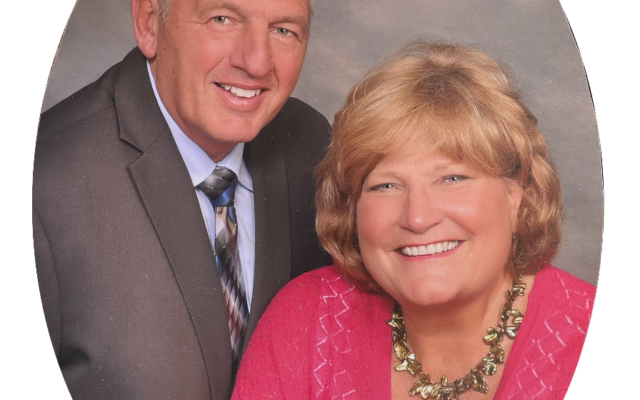
Now Scheduling Primary Care Appointments Online. Book Now.
Unusual discovery brings century-old artifact back to historic Marshall building
MARSHALL – An accident put something special – a piece of Marshall’s history – into Jay Larson’s hands. And it took a while for him to realize it.
“I had a guy come into my antiques shop about three or four years ago, with some prints that I wanted,” Larson says. “In fact, I don’t remember exactly where he was from.”
After going through the items briefly, Larson knew he wanted them.
“It was a good-sized pile, and I just bought them outright,” he said. “It wasn’t until quite a while later that I started to go through them individually.”
Larson eventually went through the pile and found among the prints what appeared to be a folded piece of foolscap or newsprint.
“I had no idea what it was,” said Larson. However, as he carefully unfolded the sheet, he realized that he was holding a little local treasure in his hands.
From all appearances, it was a galley proof of an advertisement for “Brooks Cushions,” a variety of products that were manufactured early in the last century by the Brooks Rupture Appliance Co. in Marshall.
At the top left in the advertisement was a lithograph of Charles E. Brooks, who’d launched the business, which eventually became internationally famous under the guidance of his son, the late Harold C. Brooks, a local historian who himself became mayor of the town.
The startling coincidence is that Larson’s business at Marshall House Antiques – along with his wife Karen’s business, Quilts at the Marshall House – is next door to the old Brooks business at 310-312 E. Michigan Ave.
The company manufactured many items for people suffering from various disorders that – and there’s no way to put this more delicately – ranged from hernias to tailbone pain to hemorrhoids.
The advertisement Larson found, while not blatantly obvious, certainly targeted potential customers hoping to make the latter issues less challenging.
Larson, realizing the advertisement could have an appropriate home in the very building that had launched the product it proclaimed, framed the ad and donated it to the Oaklawn Dialysis Center, which now occupies the Brooks Building next door to Larson’s business.
There, clinic manager Beth Allen arranged for the advertisement to be hung on a hallway wall for staff and visitors to admire.
Now Larson wishes that he’d gotten the seller’s name so he could track where the print might have come from, and perhaps learn a little about its travels.
“I imagine this is fairly rare,” said Larson, who recalls having met the elderly Harold Brooks after first moving to Marshall. “I just knew it was something people in the town might want to see, and learn what once was done here.”

